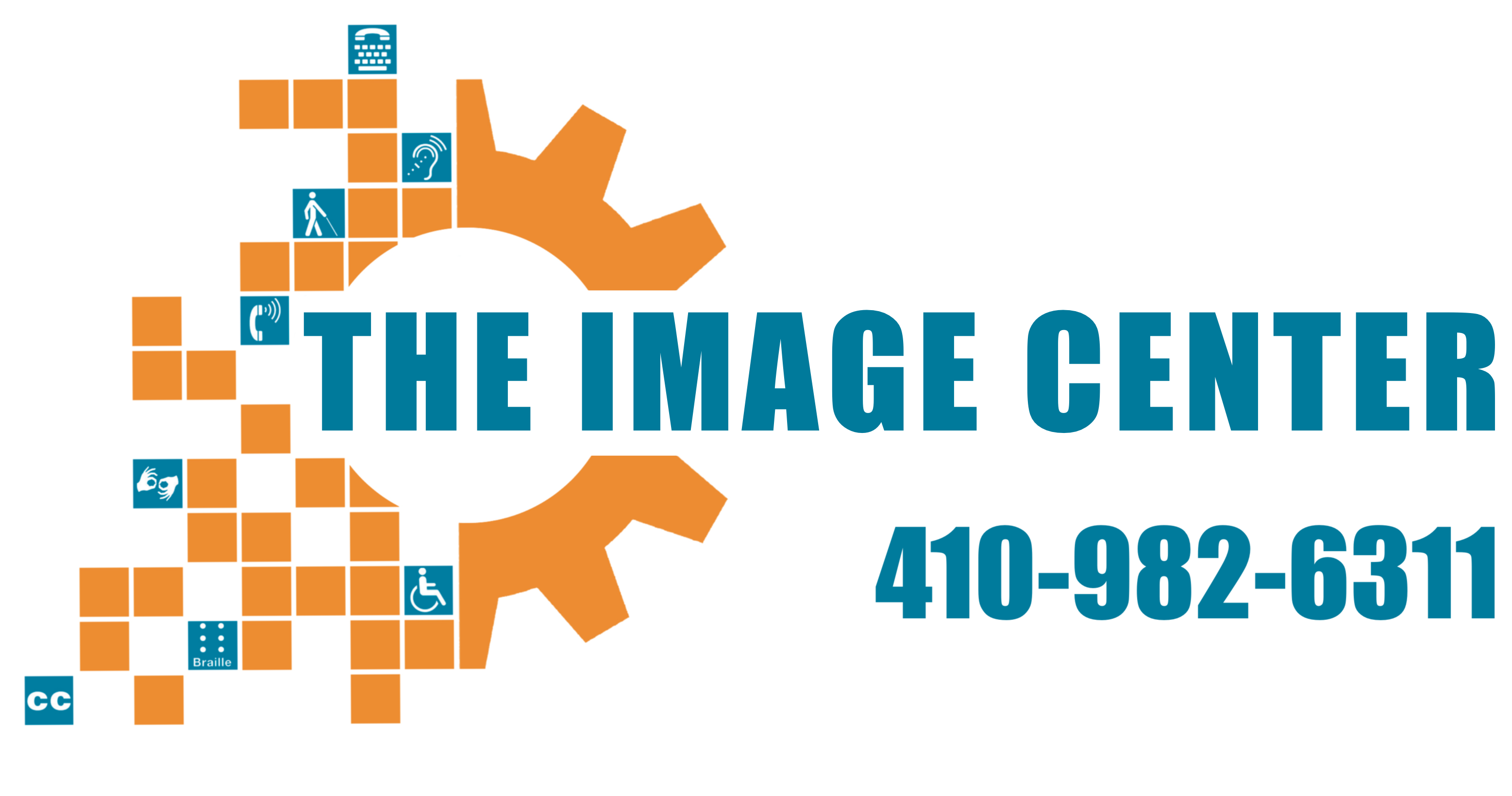Throughout December, we have reflected on the previous year, and we have begun to set goals for the swiftly approaching New Year. December is a great time to get organized to be ready for all that the holiday season and the New Year has to offer, so get excited to dive into these topics with […]
Category: Series: Diving Into December 2021
Throughout December, we have reflected on the previous year, and we have begun to set goals for the swiftly approaching New Year. December is a great time to get organized to be ready for all that the holiday season and the New Year has to offer, so get excited to dive into these topics with […]
As we enter December, we reflect on the previous year and begin to set goals for the swiftly approaching New Year. December is a great time to get organized to be ready for all that the holiday season and the New Year has to offer, so get excited to dive into these topics with us […]
As we enter December, we reflect on the previous year and begin to set goals for the swiftly approaching New Year. December is a great time to get organized to be ready for all that the holiday season and the New Year has to offer, so get excited to dive into these topics with us […]
